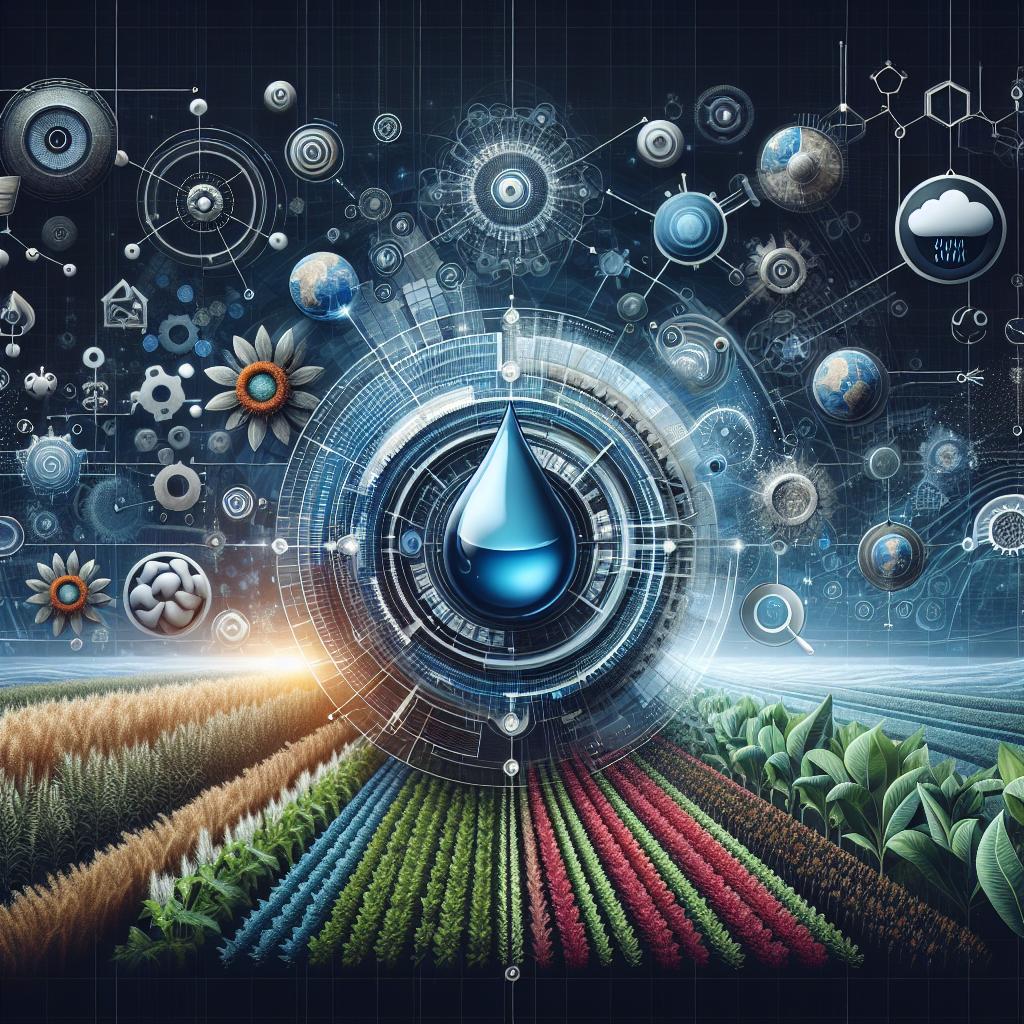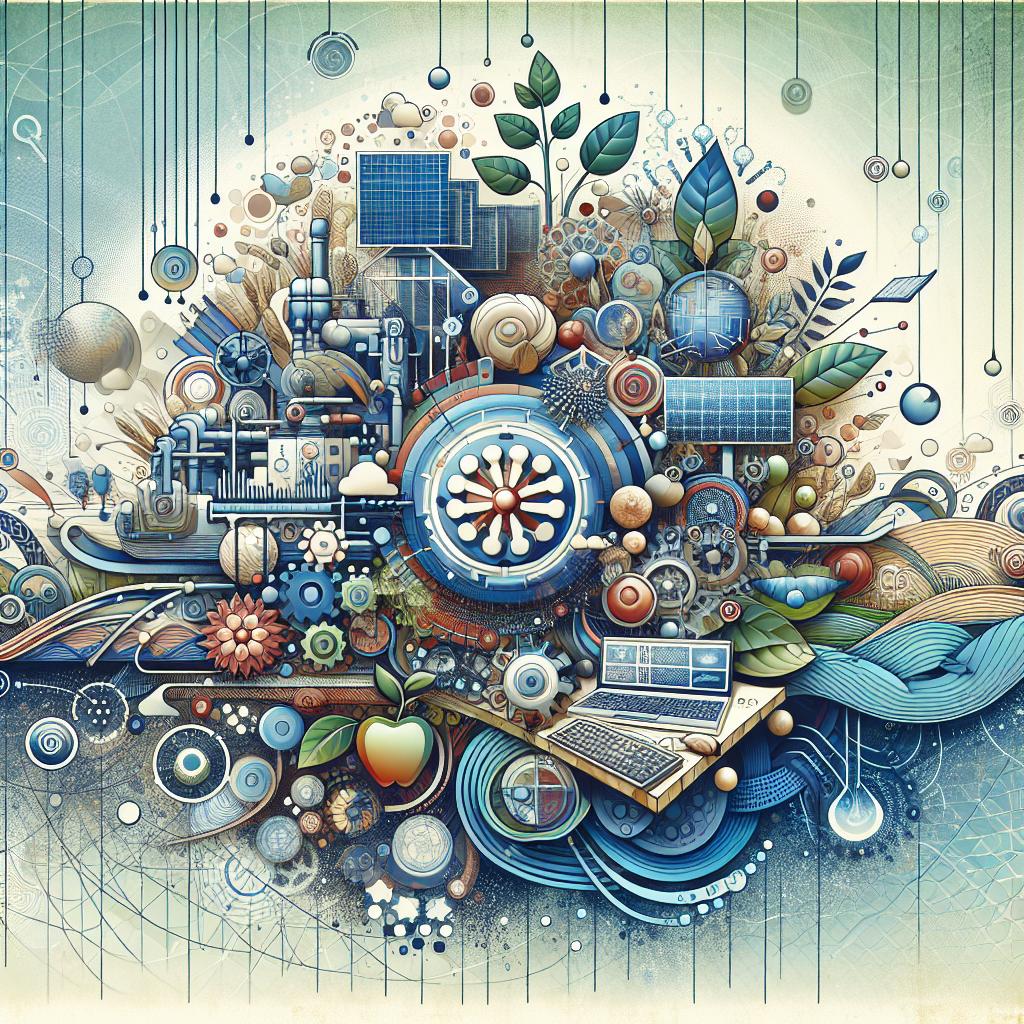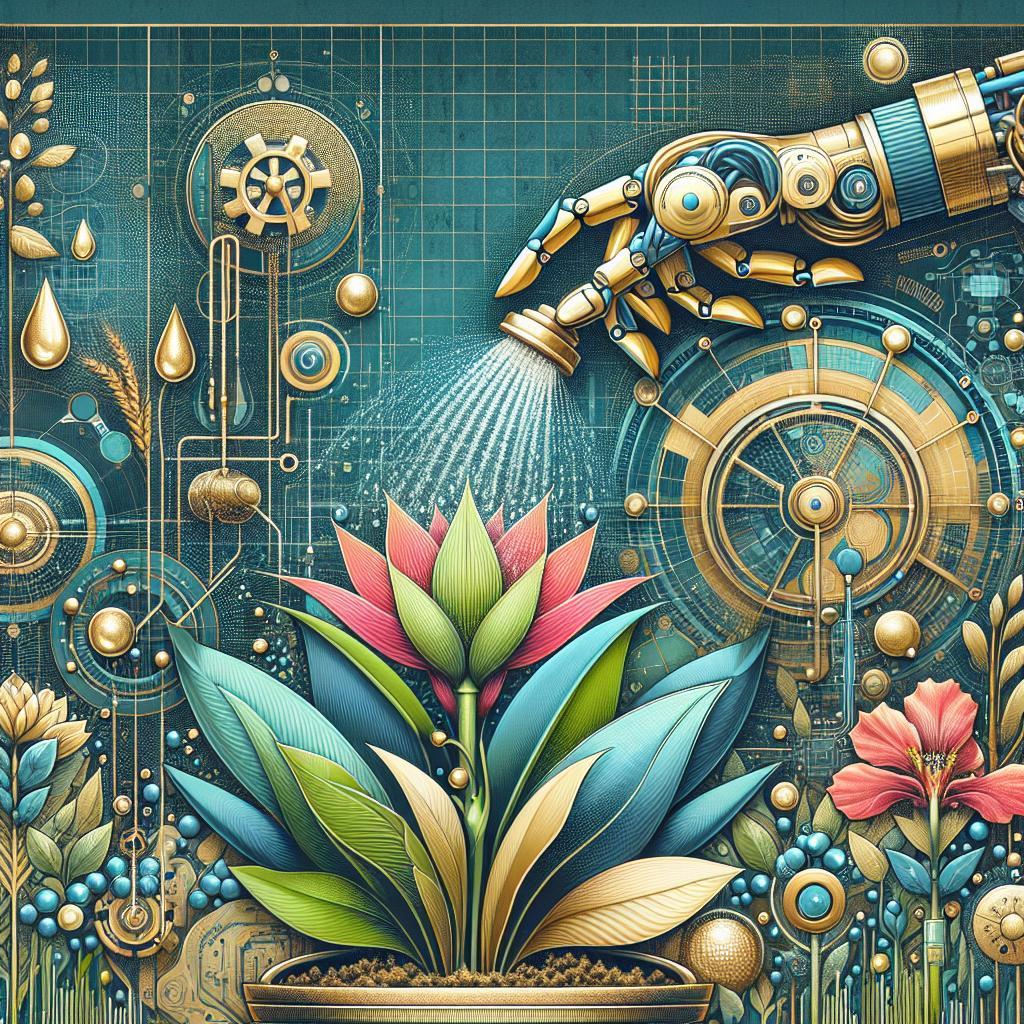This post may contain affiliate links which means I may receive a commission for purchases made through links. Learn more on my Private Policy page.
Harnessing the Power of Water: Advanced Irrigation Techniques for Specialty Crops
In the vibrant tapestry of agriculture, specialty crops paint a picture of innovation and diversity, each variety bursting with flavors and colors that delight our senses. But behind the scenes of these thriving fields lies a crucial factor that often makes or breaks a harvest: water. As climate conditions shift and demands grow, traditional irrigation methods can fall short, leaving farmers searching for more efficient ways to nourish their unique crops. Thankfully, the world of irrigation is evolving! Join us on a journey through the latest advanced techniques designed to maximize water efficiency while ensuring that every precious drop goes to work in supporting the growth of your favorite specialty plants. From precision drip systems to cutting-edge automation, we’ll explore how these innovative practices are transforming the way we think about irrigation, promoting sustainability, and fostering bountiful harvests you can taste in every bite. So grab your watering can and let’s dive into the world of advanced irrigation techniques, where science meets the art of farming!
Innovative Water Management Strategies for Thriving Specialty Crops
In the quest to cultivate specialty crops, farmers are increasingly turning to innovative water management strategies that enhance productivity while conserving resources. Drip irrigation, a precision approach that delivers water directly to the plant roots, is gaining popularity for its efficiency. By minimizing evaporation and runoff, this method ensures that every drop counts, making it particularly beneficial in arid regions. Rainwater harvesting is another method that integrates sustainability into crop production. Farmers can collect rainfall during wet seasons and store it for use during dry spells, providing a reliable water source while reducing dependency on municipal supplies.
Utilizing soil moisture sensors adds an extra layer of precision to irrigation practices. These devices monitor the soil’s water content in real-time, allowing farmers to water only when necessary, effectively preventing over or under-watering. Additionally, adopting polyethylene mulch, which retains soil moisture and controls weeds, can significantly benefit crop health and yield. To illustrate the potential of these strategies, consider the table below that highlights some advanced techniques along with their respective benefits:
| Technique | Benefits |
|---|---|
| Drip Irrigation | Minimizes water use, reduces weed growth. |
| Rainwater Harvesting | Conserves resources, lowers water costs. |
| Soil Moisture Sensors | Prevents over/under-watering, optimizes growth. |
| Polyethylene Mulch | Retains soil moisture, enhances crop yield. |

Harnessing Technology: Smart Irrigation Systems for Precision Farming
In recent years, the advent of smart irrigation technologies has transformed the landscape of agriculture. These systems utilize advanced sensors and real-time data analytics to ensure that specialty crops receive the right amount of water at the right time. By leveraging soil moisture sensors, weather data, and crop health information, farmers can significantly reduce water usage while maximizing yield. This precision farming approach results in healthier crops with less environmental impact.
Key components of these systems include:
- Soil Moisture Sensors: Monitor the moisture levels in the soil to automate watering schedules.
- Weather Stations: Provide localized weather forecasts to adjust irrigation accordingly.
- Remote Monitoring: Allow farmers to check and control irrigation systems from anywhere via smartphones or computers.
- Data Analytics: Analyze historical data to improve future irrigation strategies.
Understanding the benefits and functionality of smart irrigation systems can lead to both economic savings and environmental sustainability. The table below illustrates the potential impacts of adopting smart irrigation for specialty crops:
| Impact | Traditional Irrigation | Smart Irrigation |
|---|---|---|
| Water Usage | High | Low |
| Labor Costs | Moderate | Reduced |
| Crop Yield | Variable | Consistent |
| Environmental Impact | Negative | Positive |

Soil Health and Moisture Balance: The Key to Maximizing Crop Yield
Soil health and moisture balance are fundamental components in the quest for optimal crop yields. Maintaining rich soil quality encourages beneficial microbial activity, which helps break down organic materials and release vital nutrients. This not only supports plant growth but also enhances soil structure, allowing for better water retention and aeration. A few key practices to consider include:
- Cover cropping: Planting cover crops improves soil fertility and prevents erosion.
- Organic amendments: Incorporating compost or well-rotted manure enriches nutrient profiles.
- Crop rotation: Alternating crops can disrupt pest cycles and maintain balanced nutrient levels.
Equally important is managing moisture levels, which can dramatically impact crop performance. Employing advanced irrigation techniques, such as drip systems, can provide precise moisture delivery directly to the root zone, minimizing water loss and maximizing efficiency. To visualize how effective moisture management can boost yields, consider the following table that compares traditional irrigation methods with advanced techniques:
| Method | Water Efficiency | Crop Yield Impact |
|---|---|---|
| Surface irrigation | Low | Moderate |
| Sprinkler irrigation | Medium | High |
| Drip irrigation | Very High | Very High |
By integrating these practices, farmers can not only improve soil health and moisture balance but also create a robust system that consistently delivers high crop yields. This cycle of improvement fosters sustainability and resilience in farming operations, ultimately benefiting both producers and consumers alike.

Sustainable Practices: Eco-Friendly Irrigation Techniques to Protect Resources
Embracing eco-friendly irrigation techniques not only conserves water but also enhances soil health and supports biodiversity. One effective method is drip irrigation, where water is delivered directly to the plant’s root zone, significantly reducing evaporation and runoff. This targeted approach allows growers to maintain optimal moisture levels while minimizing resource use. Additionally, integrating rainwater harvesting systems can capture and store rain, providing a sustainable source of irrigation. Some other popular techniques include:
- Mulching: Reduces soil evaporation and keeps weeds at bay.
- Soil moisture sensors: Optimize watering schedules by providing real-time data.
- Subsurface irrigation: Distributes water directly below the surface, encouraging deep root growth.
These techniques can be complemented by using native plants that require less irrigation, promoting a resilient ecosystem. Moreover, implementing a schedule for irrigation during cooler hours can minimize water loss due to evaporation. To facilitate better decision-making, consider using a simple comparison table that outlines the efficiency and benefits of various methods:
| Irrigation Technique | Water Efficiency | Soil Health Impact |
|---|---|---|
| Drip Irrigation | High | Promotes nutrient uptake |
| Rainwater Harvesting | Moderate | Enhances moisture retention |
| Mulching | Moderate | Prevents erosion |
To Conclude
As we wrap up our journey through the world of advanced irrigation techniques for specialty crops, it’s clear that innovation and creativity are revolutionizing the way we nurture our plants. From precision drip systems to smart sensors that anticipate our crops’ needs, these cutting-edge methods not only conserve water but also enhance productivity and yield in ways we once only dreamed of.
Remember, whether you’re cultivating fragrant lavender or delicate strawberries, every drop counts. Embracing these modern approaches not only supports your unique crops but also contributes to a more sustainable future for our planet. So, don your gardening gloves and let your curiosity lead the way!
As you experiment with these techniques, we encourage you to share your experiences and successes. After all, the best part of growing together is learning from one another. Happy harvesting, and may your specialty crops flourish with an abundance of flavor and vitality!
This post may contain affiliate links which means I may receive a commission for purchases made through links. Learn more on my Private Policy page.

